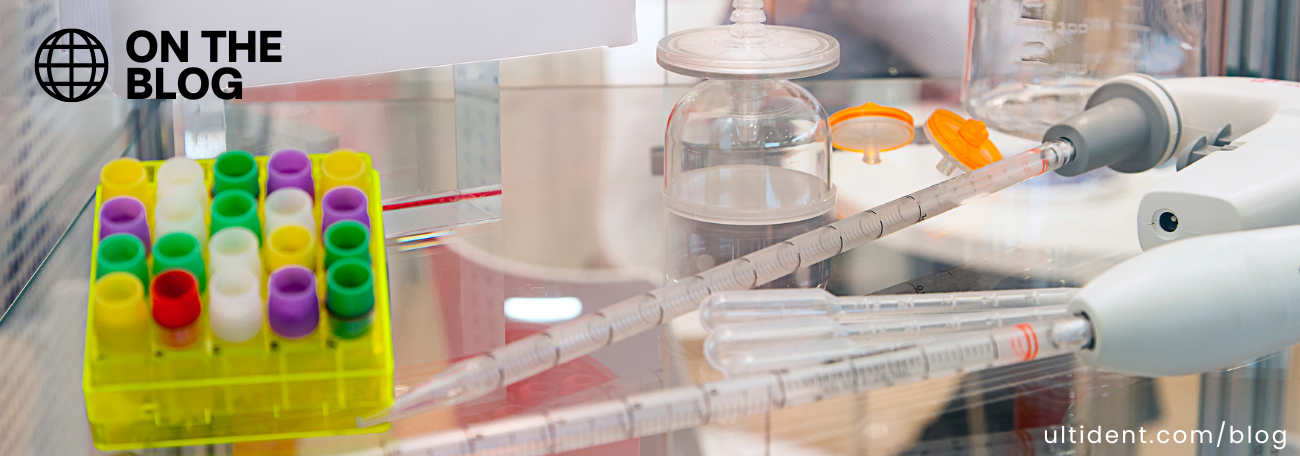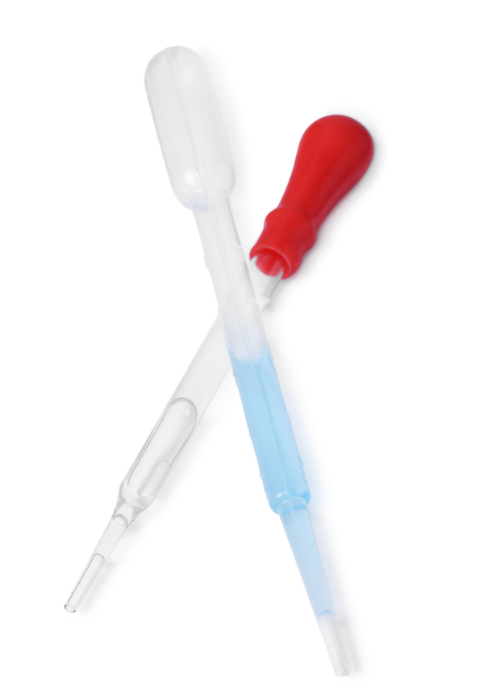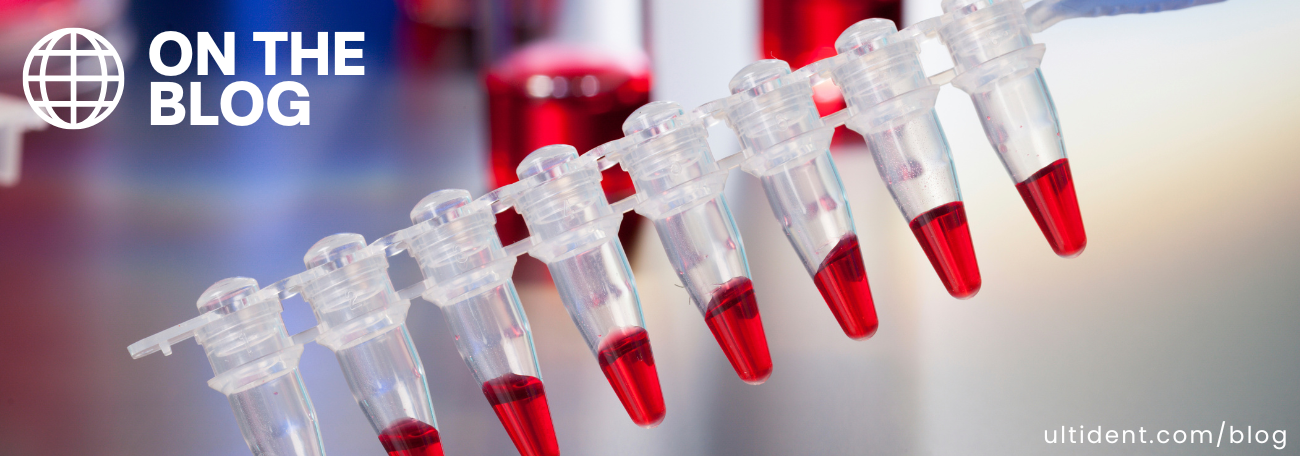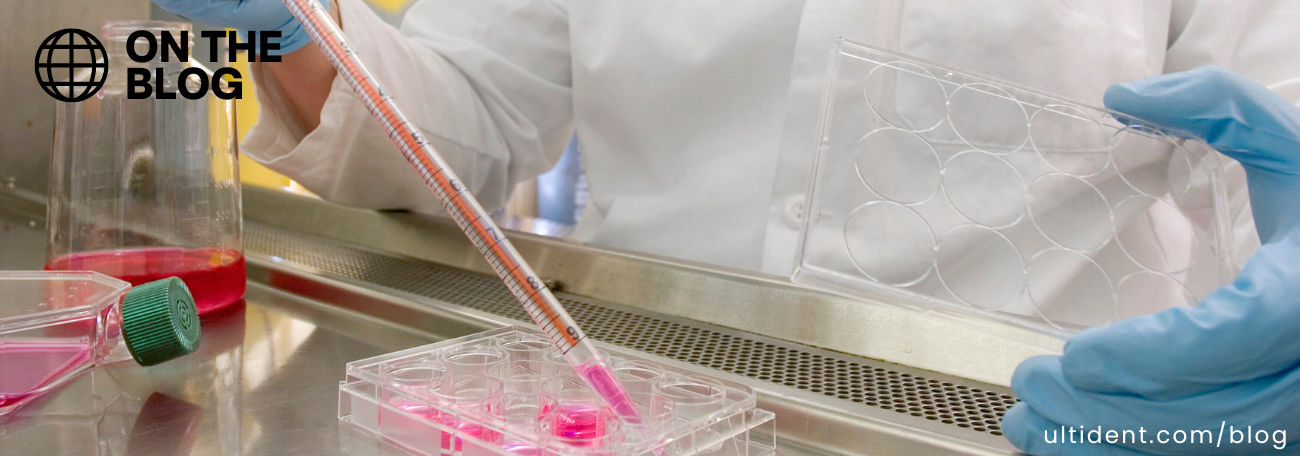Comparing Lab Plastics: Properties, Applications, and Limitations


Comparing Lab Plastics: Properties, Applications, and Limitations
In modern laboratories, plastic labware has largely replaced glass for applications requiring flexibility, durability, and suitability for cryogenic temperatures. However, selecting the right plastic for your specific needs is crucial for ensuring accurate results, maintaining lab safety, and meeting experimental requirements.
Key Factors
The table below offers a detailed comparison of commonly used plastics. When evaluating lab plastics, it's crucial to consider specific factors that directly impact their performance in various laboratory settings. We’ve selected these key factors—properties, chemical compatibility, flexibility, durability, transparency, and autoclavability—because they play a significant role in determining the suitability of each plastic type for different applications.


By understanding how these factors influence the functionality and reliability of lab equipment, researchers can make informed decisions that enhance the accuracy and safety of their experiments and prevent issues like contamination, sample degradation, or equipment failure.
Comparative Analysis of Laboratory Plastics
| Type of Plastic | Properties & Advantages | Chemical Compatibility | Common Applications | Limitations | Autoclavable | Flexibility | Durability | Transparency |
|---|---|---|---|---|---|---|---|---|
| Polypropylene (PP) | High chemical resistance, high stress-crack resistance, heat-resistant, durable, lightweight | Resistant to most acids, bases, and solvents; not suitable for strong oxidizers | Pipette tips, microcentrifuge tubes, beakers, bottles, jugs | Less flexible, brittle in cold temperatures | Autoclavable, can be sterilized at 121°C and 15 psi for 15 minutes | Rigid | High | Translucent |
| Low-Density Polyethylene (LDPE) | Flexible, chemically inert, soft | Inert to most biological fluids, weak acids, and bases; not resistant to strong oxidizers or aromatic hydrocarbons | Transfer pipettes, wash bottles, carboys, tubing | Not suitable for high-temperature applications | Not suitable for autoclaving | Flexible | Moderate | Translucent |
| High-Density Polyethylene (HDPE) | Rigid, durable, high chemical resistance | Resistant to a wide range of acids and bases; limited resistance to some solvents and strong oxidizers | Laboratory bottles, containers, equipment housings | Less flexible than LDPE | Not suitable for autoclaving | Rigid | High | Translucent |
| Polymethylpentene (PMP / TPX) | Highly transparent, heat-resistant, autoclavable | Good resistance to acids, bases, and some solvents; less resistant to strong oxidizers | Volumetric flasks, beakers, cylinders, clear labware | Less common, more expensive, brittle at room temperature | Autoclavable, can be sterilized at 121°C and 15 psi for 15 minutes | Rigid | High | Transparent |
| Polycarbonate (PC) | High impact resistance, durable, excellent optical clarity | Limited chemical resistance; prone to attack by certain acids, bases, and solvents | Safety goggles, lab shields, bottles, vacuum chambers, specialty containers | Higher cost, less commonly used for some lab equipment | Autoclavable, can be sterilized at 121°C and 15 psi for 15 minutes. May be weakened by repeated autoclaving | Rigid | High | Transparent |
| Polystyrene (PS) | Rigid, transparent, cost-effective | Moderate chemical resistance; not suitable for use with strong acids, bases, or organic solvents | Petri dishes, culture tubes, disposable pipettes | Brittle, lacks chemical resistance, not heat-resistant | Not suitable for autoclaving | Rigid | Low | Transparent |
Takeaways
1- Polypropylene (PP):
Highly resistant to chemicals and suitable for high-temperature applications (autoclavable). However, it can become brittle in cold conditions, making it less ideal for low-temperature storage or transport.
2- Low-Density Polyethylene (LDPE):
Flexible and chemically inert, making it ideal for single-use transfer pipettes and fluid handling. However, it’s not suitable for high-temperature applications and cannot be autoclaved


3- High-Density Polyethylene (HDPE):
Rigid and durable with good chemical resistance. Suitable for lab containers and equipment but not ideal for high-temperature autoclaving.
4- Polymethylpentene (TPX):
Offers high clarity, chemical resistance, and durability. It is also autoclavable,
5- Polycarbonate (PC):
Provides excellent impact resistance and optical clarity but has limited chemical resistance. Low heat resistance compared to materials like polypropylene (PP) or polymethylpentene but suitable for high-impact applications. May be weakened by repeated autoclaving
6- Polystyrene (PS):
Cost-effective and transparent but brittle and has poor chemical resistance. Not suitable for autoclaving
Conclusion
Understanding these properties and compatibility factors allows you to make informed choices about the materials best suited for your specific laboratory needs, ultimately ensuring the reliability and success of your experiments.





